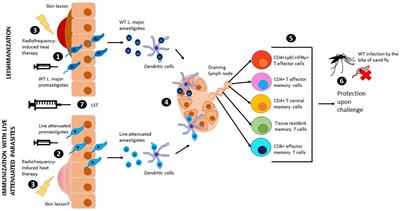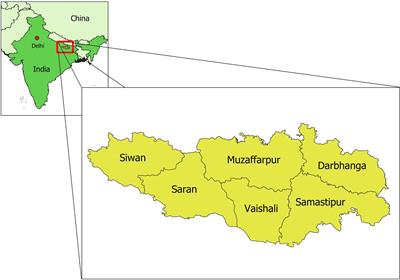REVIEW
Published on 09 Nov 2021
Precision Medicine in Control of Visceral Leishmaniasis Caused by L. donovani

doi 10.3389/fcimb.2021.707619
- 5,218 views
- 7 citations
20k
Total Downloads
85k
Total Views and Downloads
Select the journal/section where you want your idea to be submitted:
REVIEW
Published on 09 Nov 2021

ORIGINAL RESEARCH
Published on 03 Aug 2021

ORIGINAL RESEARCH
Published on 29 Jul 2021

ORIGINAL RESEARCH
Published on 26 Apr 2021

ORIGINAL RESEARCH
Published on 24 Mar 2021

ORIGINAL RESEARCH
Published on 24 Mar 2021

REVIEW
Published on 17 Mar 2021

ORIGINAL RESEARCH
Published on 11 Mar 2021

ORIGINAL RESEARCH
Published on 11 Mar 2021

REVIEW
Published on 09 Mar 2021

ORIGINAL RESEARCH
Published on 26 Feb 2021

ORIGINAL RESEARCH
Published on 22 Feb 2021

